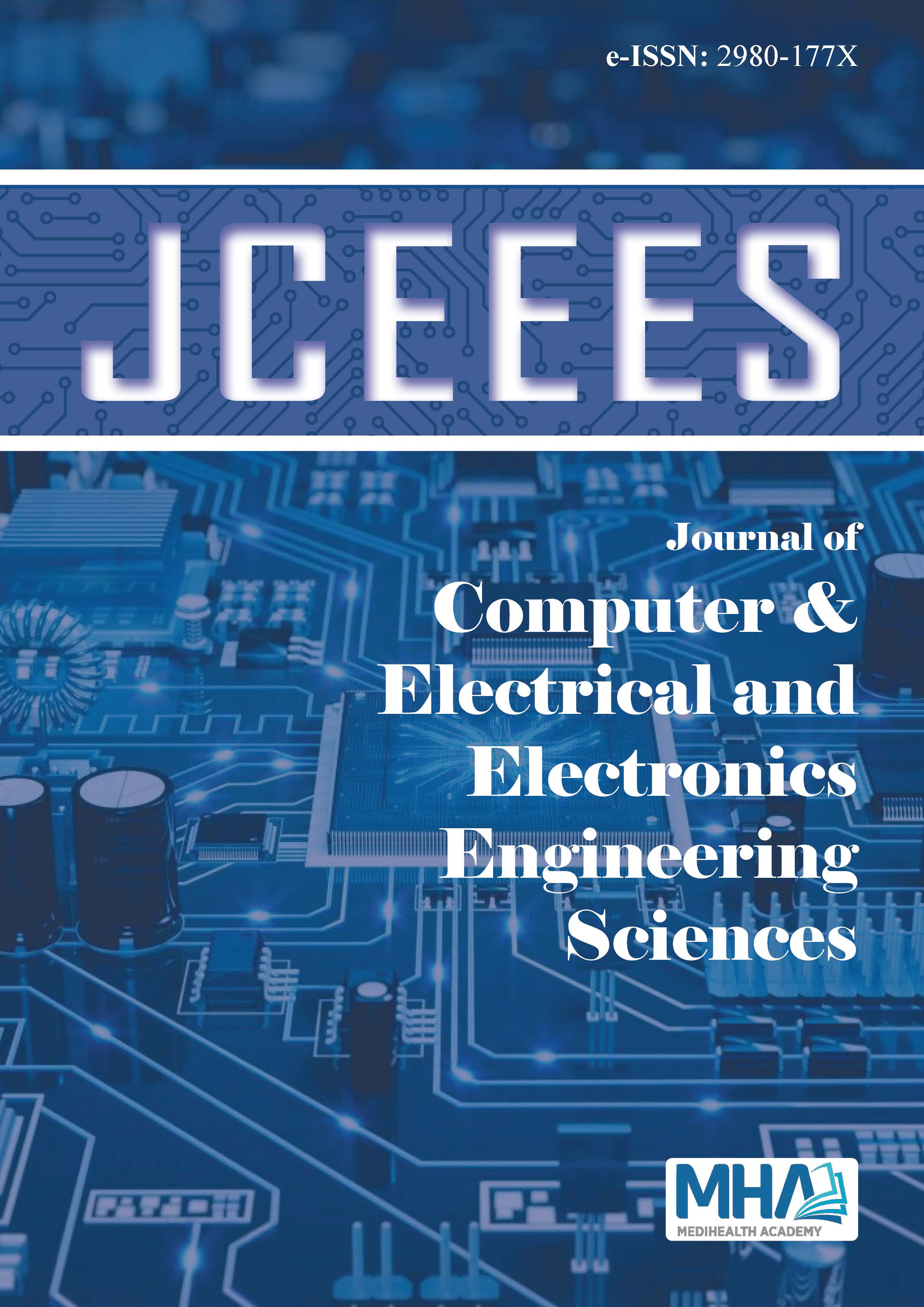1. Aditya, K. (2016). Design and implementation of and inductive power transfer system for wireless charging of future electric transportation. A Thesis, University of Ontario Institute of Technology Oshawa, Canada, 1-190.
2. Ağçal, A., & Doğan, T.H. (2021). 1 Kw gücündeki enerji transfer sistemi tasarımı ve insan sağlığına etkileri. <em>Müh Bil Tasar Derg,</em> 9(3),1-10.
3. Arslan, M.T., & Erkan, K. (2022). Literature review on wireless power transmission by magnetic resonance coupling method. <em>Eur J Sci Technol</em>, 42,118-125. doi:10.31590/ejosat.1187350
4. Aydın, E., & Aydemir, M.T. (2021). A 1-kW wireless power transfer system for electric vehicle charging withhexagonal flat spiral coil. <em>Turk J Electric Eng Comput Sci,</em> 29(5),2346-2361. doi:10.3906/elk-2012-68
5. Croft, T. & Summers, W. (1987). American electricians’ handbook (Eleventh ed.). New York: McGraw Hill. ISBN 0-07-013932-6.
6. IEEE, (2019). Standard for safety levels with respect to human exposure to electric, magnetic, and electromagnetic fields, 0 Hz to 300 GHz. IEEE Std C95.1-2019. 1-312. doi:10.1109/IEEESTD.2019.8859679
7. Imura, T., Okabe, H., & Hori, Y. (2009). Basic experimental study on helical antennas of wireless power transfer for electric vehicles by using magnetic resonant couplings. 5th IEEE Vehicle Power and Propulsion Conference, VPPC ’09, 936-940.
8. International Commission on Non-Ionizing Radiation Protection (ICNIRP), (1998). Guidelines for limiting exposure to time varying electric and magnetic fields for low frequencies (1 Hz-100 kHz). <em>Health Phys,</em> 99,818-836.
9. İpek, B. (2022). Electric vehicles, electric charging stations and electric vehicle quantity future forecast for Turkey (Dissertation). İstanbul Technical University, Institute of Science and Technology, Turkiye.
10. Jackson, J.D. (1998). Classical electrodynamics (3rd ed.). New York: Wiley. p. 193. ISBN 978-0-471-30932-1.
11. Jiles, D. (1998). Introduction to magnetism and magnetic materials. CRC Press, 354. ISBN 978-0-412-79860-3.
12. Karakaya, U. (2007). Motor control via wireless energy and information transfer (Dissertation). İstanbul Technical University, Institute of Science and Technology, Türkiye.
13. Kızıldağ, U. & Yılmaz, A.S. (2021). Wireless charging systems in electric vehicles and a sample system investigation. <em>J Eng Sci Adıyaman Uni,</em> 8(14), 209-224.
14. Mahesh, A., Chokkalingam, B., & Mihet-Popa, L. (2021). Inductive wireless power transfer charging for electric vehicles-a review. <em>IEEE Access</em>, 9,137667-137713. doi:10.1109/ACCESS.2021.3116678
15. Tang, Z., Cristini, M., & Koga, T. (2012). Wireless power transfer using maxwell and simplorer. A<em>utomotive Simulation World Congress.</em>
16. Tel, Ö.F., & Kuşdoğan, Ş. (2019). Charging of electric vehicles with wireless power transmission. <em>Kocaeli Üni Fen Bil Derg</em>, 2(1),15-26.
17. Yugendra Rao, K.N. (2015). Dynamic modeling and calculation of self and mutual inductance between a pair of coils for wireless power transfer applications using ANSYS Maxwell. <em>Int Adv Res J Sci Eng Technol, </em>2(10),1-3. doi:10.17148/IARJSET.2015.21002

